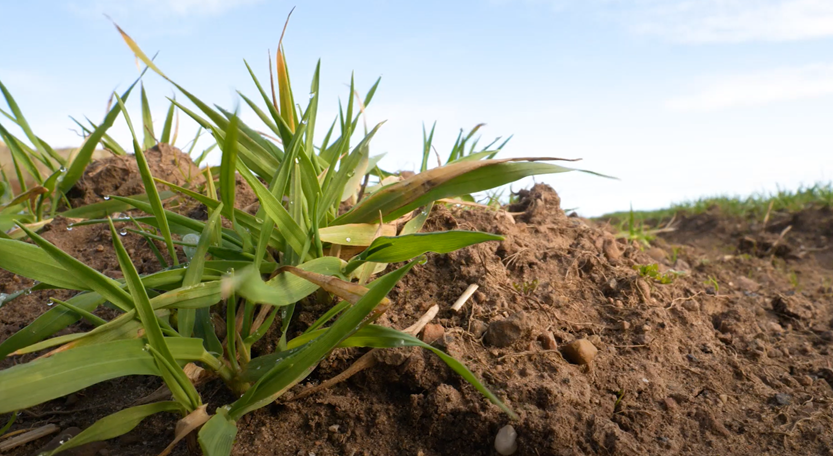
The Farm Advisory Service’s April 2025 report highlights significant volatility in global grain markets, driven by unpredictable weather patterns and shifting trade policies. While initial forecasts for the 2025/26 season anticipate a rise in global grain production—led by increases in maize, wheat, and barley—spring weather risks remain a significant influence. In Brazil, April rainfall will be a decisive factor in determining the yield potential of the second corn crop.
In Europe, the EU plays an essential role in the global cereal supply, and with an optimistic crop production outlook in the MARS report, global supply could see a boost in the 2025/26 season. The IGC is already projecting an increase of 17.2 Mt in total EU grain production, reaching 275 Mt in 2025. This expansion could exert downward pressure on both global and domestic cereal prices. However, as the season is still in its early stages, the effects of weather developments on crop yields need to be carefully observed. If unfavourable conditions persist, yields in Central and South-Eastern Europe could be negatively affected in the months ahead.
In the UK, wheat imports from the EU have already reached 1.1Mt, needed to offset a weak 11Mt domestic harvest. Meanwhile, UK farmers have been reluctant to sell their old crop stocks, anticipating a price recovery that has failed to materialize since October. In the futures market, LIFFE prices suggest that ending stocks may be larger than usual, with May 2025 contracts trading at a £20 discount to November 2025 and a £30 discount to May 2026. However, strong local basis levels indicate that buyers are finding it difficult to secure supplies. As the season approaches its conclusion, time may not be in sellers’ favour.

